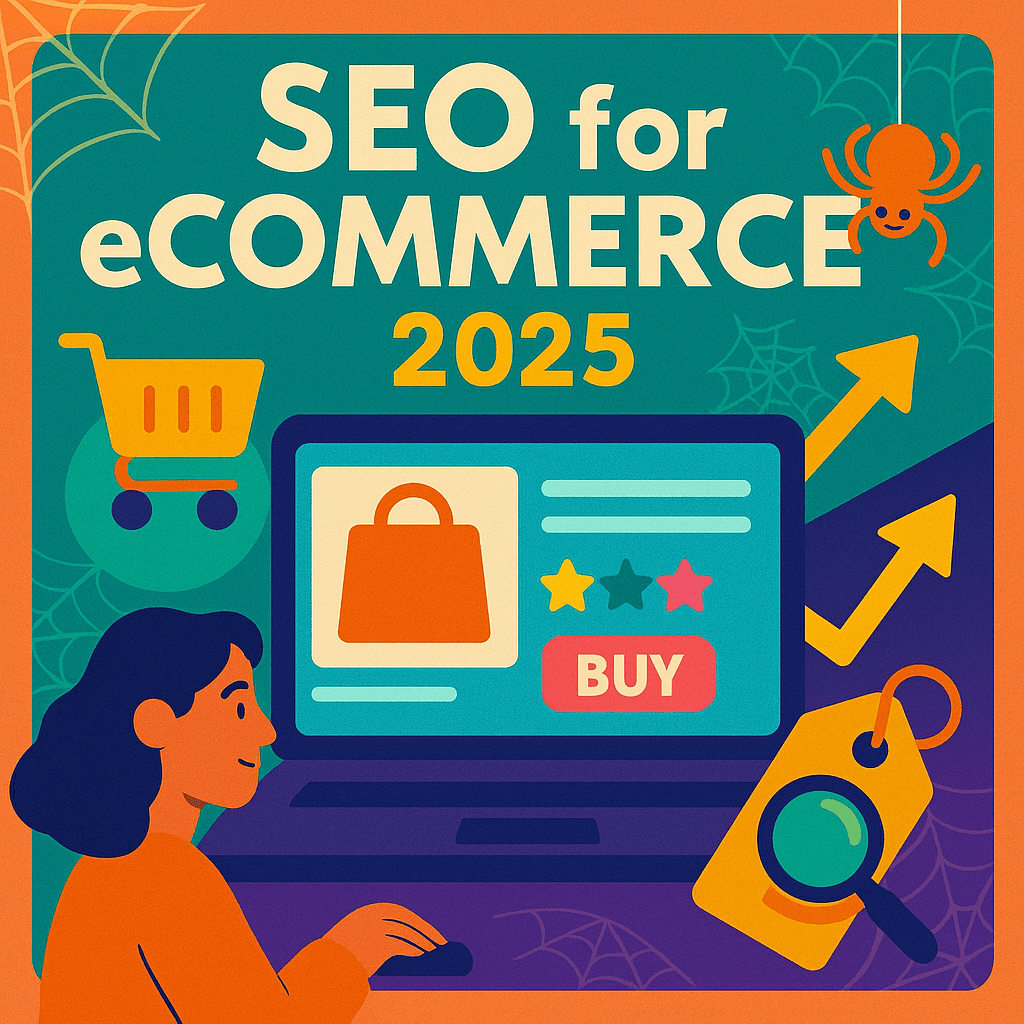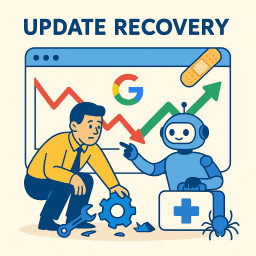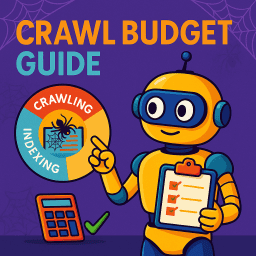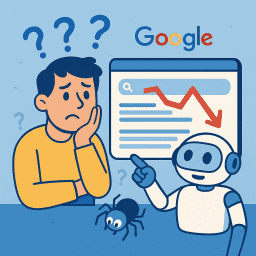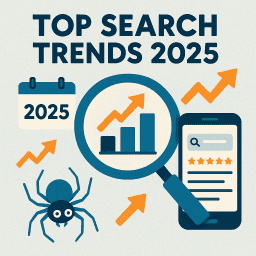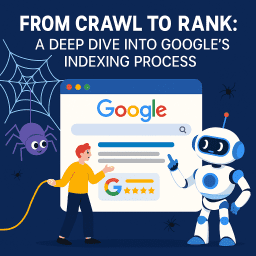SEO for eCommerce in 2025: Boost Your Online Store
Solve the common SEO traps that hurt online stores
⚡ Why Your Products Aren’t Ranking — And How to Fix It
If you run an online store, you’ve probably noticed it’s harder than ever to get your products seen in Google search results. The reason? eCommerce SEO brings its own unique set of challenges—duplicate content, tricky filters, bloated navigation, and technical issues that non-retail websites simply don’t face.
In 2025, SEO for eCommerce is less about “quick wins” and more about structuring your store so search engines can understand it. Whether you’re using WooCommerce, Shopify, or a custom platform, the core principles stay the same: make your products discoverable, readable, and trustworthy.
🧩 Why eCommerce SEO Is So Different
- 🔁 Duplicate content: Multiple URLs show the same or similar products
- 🧭 Faceted navigation: Filters create endless combinations of URLs
- 📄 Thin content: Pages lack unique descriptions or context
🛍️ Optimising Product Pages for Search
- 📝 Write unique product descriptions—don’t copy supplier text
- 🔍 Include target keywords in the product title and meta description
- 📸 Use clear alt text for images and compress files for speed
- 🧾 Add Product schema (price, availability, reviews)
📁 Don’t Ignore Your Category Pages
- 📖 Add a short intro with relevant keywords
- 🔗 Link to top-selling products or featured collections
- 📌 Make them indexable with unique titles and content
⚠️ Solving Duplicate Content from Filters & Variations
- 🏷️ Use
rel="canonical"to point to the master version of the product - 🛑 Use
noindexfor filtered or search result pages - 🗺️ Block unnecessary filter URLs from your sitemap
🛒 WooCommerce & Shopify: SEO Tips by Platform
🔧 WooCommerce
- Use Rank Math or Yoast SEO for better meta control
- Clean up permalinks (e.g. remove unnecessary slugs)
- Avoid indexing product filter parameters
🛍️ Shopify
- Handle duplicate URLs from collections/products overlap
- Install a structured data app (e.g. JSON-LD for SEO)
- Edit robots.txt to prevent low-value pages from indexing
🚦 Site Structure, Indexing, and Crawl Budget
- 🏠 Ensure all important pages are linked from your homepage
- 📋 Submit a sitemap segmented by page type (products, categories, blog)
- 📉 Monitor Google Search Console for indexation errors or bloat
📈 Track the Metrics That Actually Matter
- 🛒 Organic revenue and transaction rates
- 📦 Product page bounce rate and time on page
- 🔍 Top-performing categories and search queries
✅ Final Thoughts
SEO for eCommerce is about giving both users and search engines the information they need—quickly, clearly, and without confusion. Product pages need substance, category pages need strategy, and filters need taming.
Whether you’re on Shopify or WooCommerce, a well-optimised store can turn casual browsers into loyal customers—and keep Google sending traffic your way in 2025 and beyond.
“Great eCommerce SEO isn’t about chasing algorithms. It’s about clarity, structure, and showing up when your customers are ready to buy.”
– David Roche
🛍️ eCommerce SEO 2025 – FAQs
Why is eCommerce SEO different from traditional website SEO?
Online stores generate thousands of dynamic URLs, rely on faceted navigation, and face duplicate-content risks that brochure or blog sites rarely encounter.
What’s the #1 optimisation for product pages in 2025?
Unique, keyword-rich descriptions plus Product schema (price, availability, review rating) give Google the context it needs to rank—and qualify you for rich results.
Do category pages still matter for rankings?
Absolutely—well-optimised category pages often capture high-volume “shopping intent” keywords and funnel authority to individual product pages.
How do I handle duplicate content from filters and variations?
Use rel="canonical" on variant URLs, noindex filtered pages, and exclude low-value parameters from your XML sitemap to keep crawl budget focused.
Which platform-specific tweaks help most—Shopify or WooCommerce?
On Shopify, fix duplicate collection/product URLs and add a structured-data app; on WooCommerce, refine permalinks and use an SEO plugin for meta & schema control.
What’s the best way to improve crawl budget on large stores?
Link key products from the homepage, split sitemaps by page type, and eliminate low-value URLs so Google spends its crawl time on revenue-driving pages.
Should I allow search result pages to be indexed?
No—store search results provide little unique value. Mark them noindex and keep internal search fast for users instead.
How important are Core Web Vitals for eCommerce SEO?
Critical—large images and heavy scripts can tank LCP and INP, hurting both rankings and conversions. Compress assets and defer non-essential JS.
Which metrics prove eCommerce SEO success?
Track organic revenue, transactions, assisted conversions, and product-page bounce rate—rankings alone don’t show true ROI.
What’s the fastest way to boost an under-performing store?
Audit your top 20% of products for unique copy, high-resolution images, and live review snippets—small tweaks here often deliver the biggest revenue gains.


